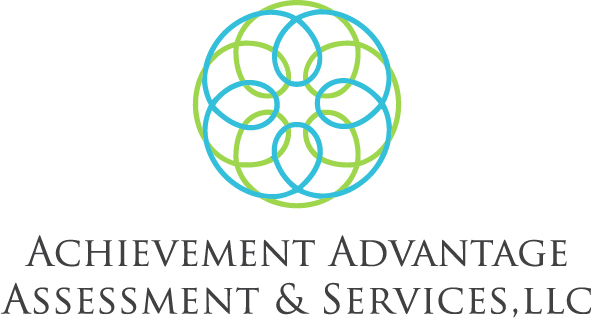In our last blog, we shared an overview about what dyslexia is. This week, we will talk about what dyslexia is not. There are many myths and misconceptions about dyslexia and reading disabilities in our society. If we are able to identify those myths and educate others about them, we will move towards being able to provide better services to our students with dyslexia. In our school psychology practice, we commonly hear the following misconceptions about students with dyslexia.
Visual Issues
We often hear people express that students with dyslexia have a visual processing issue that causes reading difficulties. However, we now know that dyslexia is a language-based disability. This means that things related to language processing, such as phonological awareness and sound-symbol skills, are impacted by this disability.
Letter and Word Reversals
Related to vision, many people also believe that dyslexia causes people to reverse letters and/or numbers. While some individuals do reverse their letters, it is only a small percentage. The primary issue is not that an individual with dyslexia sees or writes letters and words backwards, it is that they have language-based difficulties.
Cognitive Deficits
Another myth is that dyslexia means that individuals have cognitive deficits. In fact, many bright, even gifted, students can have dyslexia. Cognitive skills are usually not negatively impacted by dyslexia. Instead, specific skills related to language processing negatively impact reading and spelling skills.
Can’t Learn to Read
Another major misconception is that people with dyslexia can’t learn how to read. It is important to know that with proper intervention services, accommodations, and assistive technology, many students are able to make great strides in learning how to read.
In our following blog, we will address various components that go into conducting a thorough assessments for specific reading disorders.

